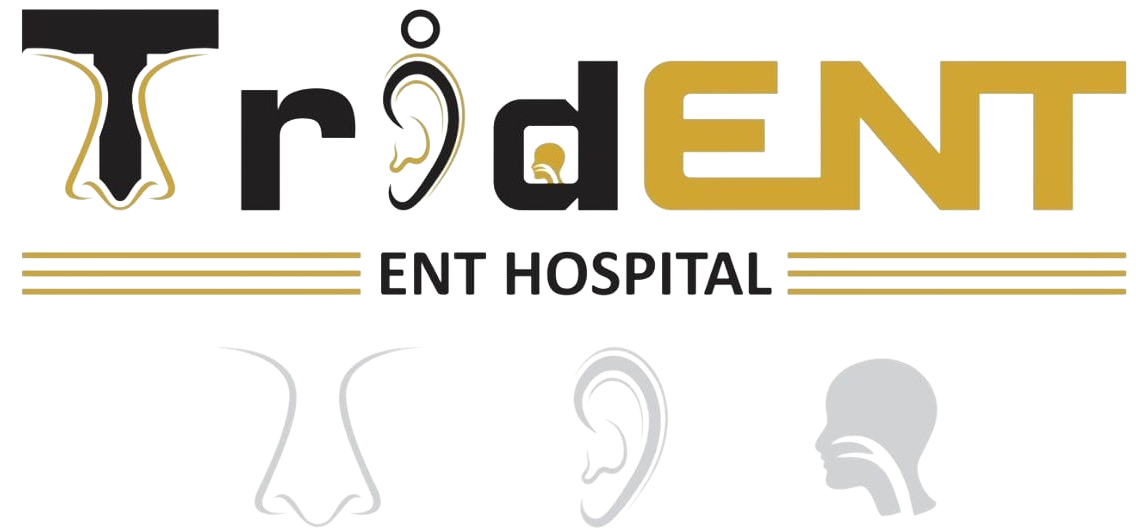Audiometry
 Audiometry is a crucial diagnostic tool used to assess a person’s hearing ability. It involves a series of tests that measure a person’s hearing thresholds for different frequencies and intensities of sound. Audiometry helps identify the type and degree of hearing loss a person may have.
Audiometry is a crucial diagnostic tool used to assess a person’s hearing ability. It involves a series of tests that measure a person’s hearing thresholds for different frequencies and intensities of sound. Audiometry helps identify the type and degree of hearing loss a person may have.
Once the audiometry test is conducted, the audiologist analyzes the results and creates an audiogram, which is a graph showing the individual’s hearing thresholds. The audiogram provides information about the type of hearing loss (conductive, sensorineural, or mixed) and the degree of hearing loss (mild, moderate, severe, or profound) for each ear.
Based on the audiometry report and the specific hearing needs of the individual, an audiologist may recommend the use of a hearing aid. Hearing aids are personalized devices that amplify sounds to improve a person’s ability to hear and understand speech and sounds in their environment. The hearing aid settings are often programmed based on the individual’s audiometry results to match their unique hearing requirements.
It is essential to remember that the audiometry report plays a significant role in determining the appropriate treatment options for hearing loss, such as the fitting and customization of hearing aids. Audiologists use this objective data to make informed decisions and provide the best possible care for their patients.
Speech Therapy
Speech therapy, also known as speech-language therapy or speech-language pathology, is a professional service aimed at helping individuals improve their communication skills and address speech and language disorders. It is provided by speech-language pathologists (SLPs) or speech therapists.
The goal of speech therapy is to help individuals of all ages, from children to adults, overcome various communication challenges, which may include:
Articulation: Helping individuals produce speech sounds correctly, especially when they have difficulty pronouncing certain sounds or words.
Language: Assisting individuals in developing language skills, such as vocabulary, grammar, and sentence structure, to enhance their ability to understand and express thoughts and ideas.
Fluency: Working with individuals who stutter to improve their speech fluency and increase confidence in communication.
Voice: Addressing issues related to voice quality, pitch, or volume to achieve a more effective and comfortable speaking voice.
Swallowing and Feeding: Helping individuals who have difficulties with swallowing or feeding to improve their oral motor skills and safety during eating and drinking.
Speech therapists use a variety of techniques and exercises tailored to the individual’s needs and goals. These may involve play-based activities for children, repetitive drills, language exercises, and specific strategies to address various speech and language challenges.
Speech therapy sessions are usually conducted one-on-one or in small groups, and the frequency and duration of therapy depend on the severity of the communication disorder and the individual’s progress.
Overall, speech therapy plays a vital role in enhancing communication, social interaction, and overall quality of life for individuals facing speech and language difficulties.
